Golden Temple, Amritsar (Harmandir Sahib) | Complete Guide
The Golden Temple is the holiest and most famous Sikh temple in Amritsar, Punjab, India. It holds massive spiritual value and is the center of spirituality and culture for Sikhs all across the world. It is world-renowned for its magnificent architecture amidst a tranquil setting and its gold-plated dome.
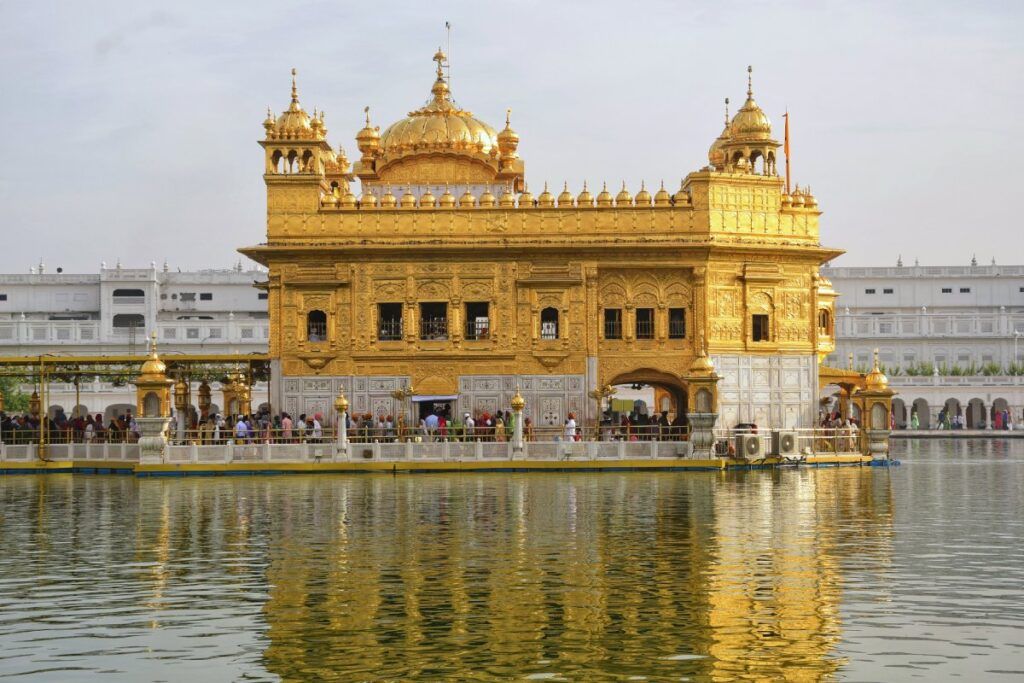
Contents
- 1 History and Significance of the Golden Temple:
- 2 Golden Temple architecture:
- 3 Spiritual Practices:
- 4 Visiting the Golden Temple:
- 4.1 What is special about Golden Temple?
- 4.2 Who built the Golden Temple and when?
- 4.2.1 Nageshwar Jyotirlinga Dwaraka: 7th CE Temple with Divine Powers
- 4.2.2 Grishneshwar Temple: Wealth and Pleasure at Shiva’s Feet
- 4.2.3 Kedarnath Temple: One of Jyotirling & Char Dham
- 4.2.4 Trimbakeshwar Jyotirlinga Temple
- 4.2.5 Sacred Kashi Vishwanath Temple: 11th Jyotirling of Liberation
- 4.2.6 Aundha Nagnath Temple: 8th Jyothirling with Divine Serpents
- 4.3 Some notable places near the Golden Temple that you might consider visiting:
- 5 FAQ:
- 5.0.1 What is Sri Harmandir Sahib?
- 5.0.2 What is the history of Sri Harmandir Sahib?
- 5.0.3 What is the significance of Sri Harmandir Sahib?
- 5.0.4 What is unique about the architectural features of Sri Harmandir Sahib?
- 5.0.5 What happens at the break of day and night at Sri Harmandir Sahib?
- 5.0.6 What are the rules and etiquette for visiting Sri Harmandir Sahib?
- 5.0.7 Best time to visit Sri Harmandir Sahib:
- 5.0.8 How to dress when visiting Sri Harmandir Sahib?
- 5.0.9 Can I take photographs inside Sri Harmandir Sahib?
- 5.0.10 Has Sri Harmandir Sahib got any facilities for food?
- 5.0.11 Divine Mata Vaishno Devi Temple | Shaktipeeth Complete Guide
- 5.0.12 Shri Jogadya Shaktipeeth, Kshirgram, West Bengal
- 5.0.13 Vibhash Shakti Peeth | Kapalini (Bhimarupa) Shaktipeeth
- 5.0.14 Ujani Shaktipeeth Shri Mangal Chandi Temple
- 5.0.15 Nandikeshwari Temple | Nandipur Shakti Peeth, Sainthia
- 5.0.16 Shree Trishrota Maa Bhramoree Debir Shaktipeeth Temple
- 6 How to reach Golden Temple, Amritsar:
History and Significance of the Golden Temple:
The Golden Temple was founded by Guru Ram Das, the fourth Sikh Guru, during the last quarter of the 16th century. Guru Arjan Dev, the fifth Sikh Guru, completed it in 1604.
The temple stands in the middle of a holy tank called the “Amrit Sarovar” on a platform. These tank waters are considered holy and have healing properties.
For Sikhs, spiritual contemplation has a special significance in the Golden Temple. It is linked to equality and inclusiveness, and all constitute the central teachings of Sikhism, which serve as the main postulate, specifically in devotion, humility, and selfless service.
Golden Temple architecture:
The Golden Temple architecturally expresses the fusion of Indian and Islamic styles, revealing the inclusiveness that is characteristic of Sikhism.
The main building of the temple has a two-story structure with a golden dome, white marble walls, and detailed artwork. The dome is covered with gold leaf, giving this temple its unique look.
With four entrances, it hence symbolizes the openness to people who come from all directions and walks of life. Inside, it contains plenty of marble works, frescoes, and inlays.
One of the eye compelling is that The Granth Sahib, the holy scripture of Sikhism, remains inside the temple on an elevated platform with fine fabrics and metals.
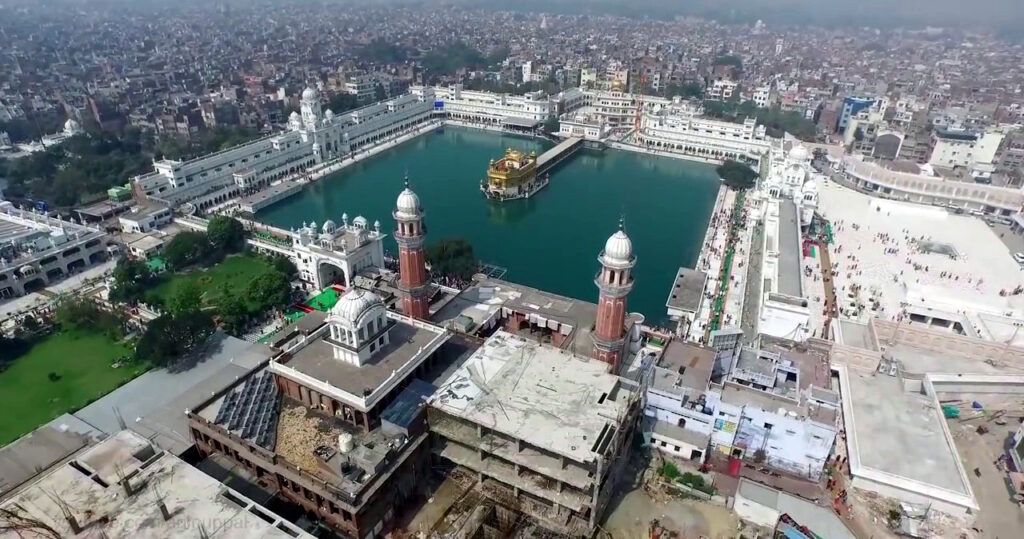
Spiritual Practices:
Golden Temple at Amritsar is a place where Sikhs and visitors of all backgrounds can pray, meditate, and reflect.
Thereafter, a group of people who have come together for prayer known as the “Ardas” is offered in the sanctum, after which “prasad” is served to one and all.
It is the langar, or community kitchen, where free meals are provided to all without distinction of caste, religion, or status. It is a concept that puts into practice the basic Sikh tenet of seva, or selfless service, and equality.
Devotees can also join in the “kar sewa,” which means volunteering for various tasks such as cooking, cleaning, and serving in the temple complex.
Visiting the Golden Temple:
Golden Temple at Amritsar is one of the biggest tourist visited spots in India, and it is open to people belonging to any faith.
Devotees entering the temple are required to cover their head with a cloth, remove shoes, and wash one’s feet before entering the premises of the temple.
This is a serene and calm place for quiet introspection and communion.
Explore more Temples>> Badrinath Temple | Badrinarayan Temple
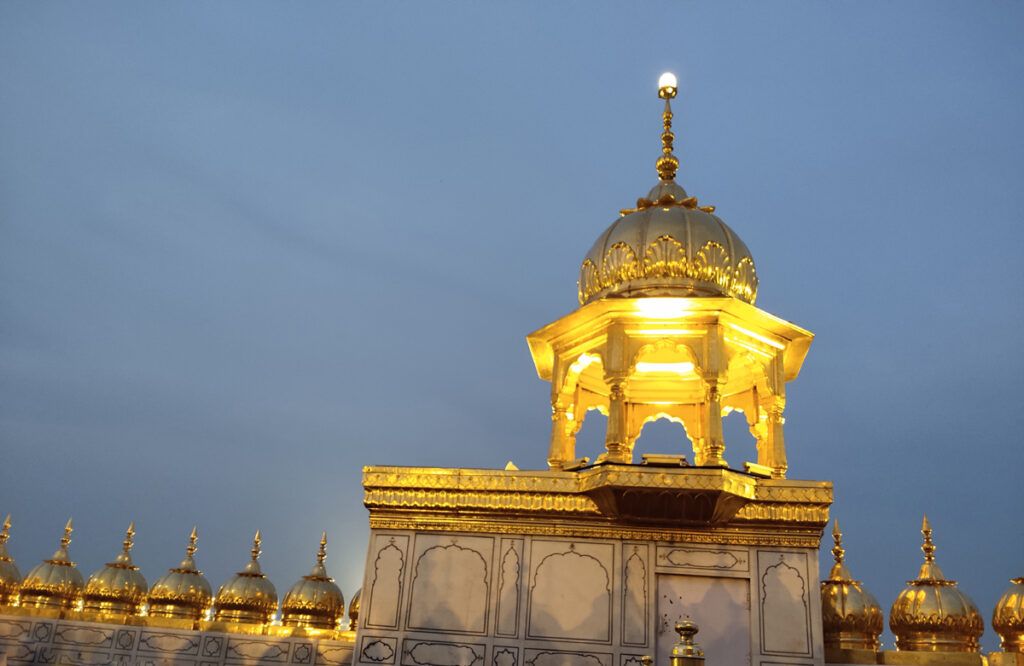
What is special about Golden Temple?
There are several aspects that make the Golden Temple special:
Spiritual Importance: The Golden Temple represents the most sacrosanct and prime shrine of Sikhism. It is the central religious and spiritual hub for Sikhs all around the world. It was founded by Guru Ram Das, the fourth Guru of Sikhism, who was followed by Guru Arjan Dev, the fifth Guru, who completed it.
Architectural Beauty: The Golden Temple is the pure epitome of the amalgamation of the styles of Indian and Islamic architecture. Its magnificent facade, made of gold, reflected in the Amrit Sarovar is a treat to the eyes. It depicts through its four entrances that Sikhism is open to all sorts of people.
Amrit Sarovar: The temple is surrounded by a pool of sacred water called Amrit Sarovar. A dip in the waters here is believed to heal and purify. Devotees have a dip in it as part of their visit.
Adi Granth and Kirtan: For the Sikhs, the Guru Granth Sahib is itself their eternal Guru. This is placed on the throne inside the inner sanctum of the temple. There is a continuous recitation of Gurbani from the Guru Granth Sahib to infuse an atmosphere of spiritual quiet within the temple.
Langar: Perhaps one of the most striking facets of the Golden Temple is its langar. It sells no food but provides free meals to one and all, cutting across all barriers of caste, creed, nationality, color, sex, and status. These reflect the basic principles of Sikhism: equality of all, selfless service, and brotherhood.
Global Society: The Golden Temple endows the Sikhs with a sense of global fraternalism. For Sikhs spread across every nook and corner of the world, visiting the temple is not only a matter of great sentimental value but also a rewarding spiritual experience.
History and Resilience: From Operation Blue Star in 1984 to date, the Golden Temple chronicles a history speckled with adversity. Yet, it reflects an undying spirit—the essence of resilience, faith, and courage in the face of challenges that have defined the community of Sikhs.
Cultural Heritage: Other than the religious importance attached to it, the Golden Temple offers enormous cultural significance. It crystallizes the ideals of selfless service, humility, and equality in society that find a place in Sikhism.
Coexist Peacefully: This temple is open to everyone, hence open to people of any walk. Persons belonging to different faiths and various backgrounds get united under one umbrella in a peaceful way.
Symbol of Sikh Values: The Golden Temple itself promotes some of Guru Nanak’s values of humility, compassion, selfless service to fellow beings, and devotion to God. Hence, the living embodiment of his ideology.
Explore more Temples>> Swaminarayan Akshardham Temple, Delhi | Complete Guide
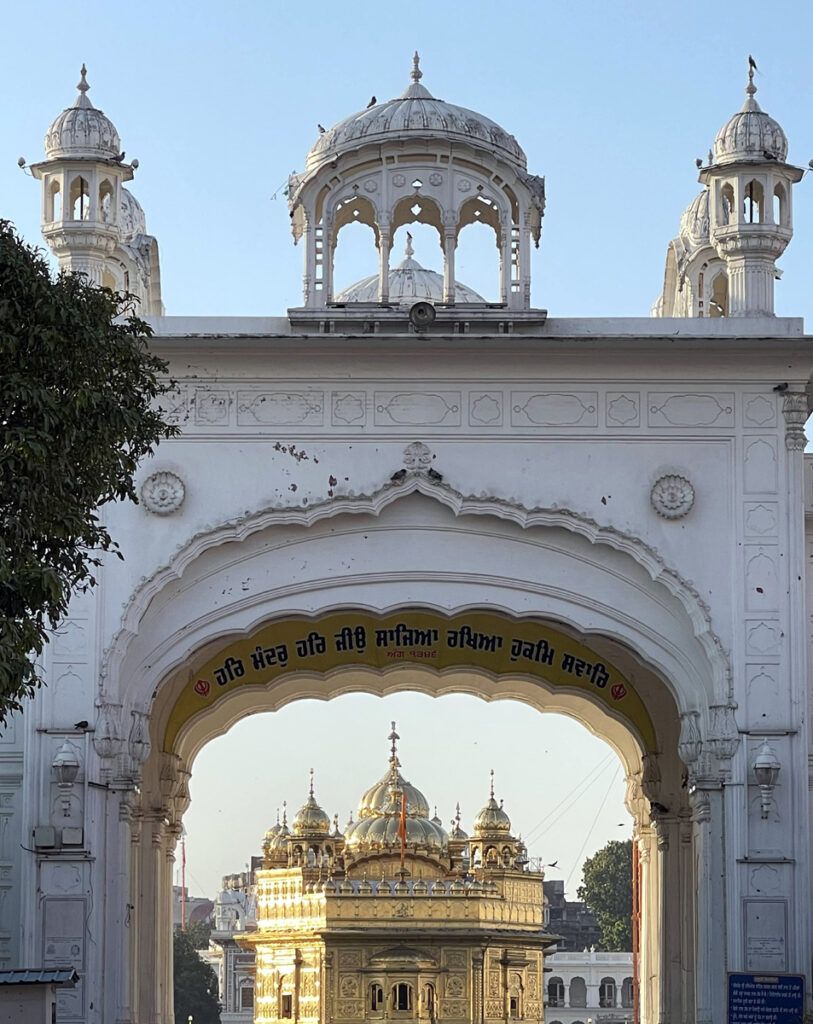
Who built the Golden Temple and when?
The foundation of the Golden Temple, known as Harmandir Sahib, was laid by Guru Ramdass Ji, the fourth Guru of Sikhism, in December 1588. However, the temple complex was built under the leadership of the fifth Guru of Sikhism, Guru Arjan Dev Ji.
Guru Arjan Dev Ji himself designed the temple and wanted a central place for worship of the Sikh community. In fact, the construction of the temple complex had both a physical and spiritual dimension. The work on the temple began around 1589, and it took several years to complete.
The Golden Temple was built in the middle of a sacred pool at Amritsar, Punjab, India, known as the Amrit Sarovar. In 1604, the temple construction had been done and the holy scripture of Sikhism, Adi Granth, later called Guru Granth Sahib, was placed in the temple. Therefore, it was both the completion of a physical structure and the establishment of spiritual importance for the Golden Temple.
Some notable places near the Golden Temple that you might consider visiting:
Jallianwala Bagh: This is a historic site adjacent to the Golden Temple in Amritsar. The frightful killing by the then British colonial rules of part of the crowd in the Jallianwala Bagh massacre in 1919 took place at this site. It contains a memorial and a garden representing the public sacrifice for the independence of India.
Durgiana Temple: It is also known as Lakshmi Narayan Temple. It is a Hindu temple, relatively sited away from the Golden Temple, but within the same city. The presiding deity of the temple is Goddess Durga; nevertheless, there are some other gods that are placed in the same temple. The architecture of the temple follows the reflection of the Golden Temple and is a major place for pilgrimage to Hindus.
Partition Museum: Located close to the Golden Temple, it is dedicated to the history of the Partition of India in 1947. It showcases human stories, struggles, and effects of the Partition on people and communities.
Maharaja Ranjit Singh Museum: This museum is located in the Ram Bagh Palace, and it is chiseled out as a tribute to Maharaja Ranjit Singh, founder of the Sikh Empire. Displays include artifacts, weapons, paintings, and other personal items of the Maharaja.
Gobindgarh Fort: This historical fort, originally constructed by Maharaja Ranjit Singh, has been recently restored and opened for public viewing. It showcases the history of this region with a host of exhibitions, cultural programs, and restaurants.
Khalsa College: This college was set up by the Singh Sabha Movement. Stunning architecture adorns the building with loads of historical significance. It contains a museum of Sikh heritage and artifacts inside the college premises.
The Central Sikh Museum is inside the complex of the Golden Temple and has a thematic display of historical Sikh artifacts, paintings, and manuscripts that describe an important chapter of Sikh history and culture.
Hall Bazaar: A market dodging right in front of the Golden Temple, Hall Bazaar is known for its vibrant atmosphere, with shops and stalls selling a range of items from handicrafts and textiles to jewelry and traditional Punjabi cuisine.
Ram Tirth: This is about 11 km away from Amritsar, a place where Lord Rama’s sons, Luv and Kush, were born. It is a temple complex having a tank where volgers take a holy dip.
Tarn Taran Sahib: About 25 km from Amritsar. This gurdwara has been called so because of its large holy sarovar. It is associated with Guru Arjan Dev Ji.
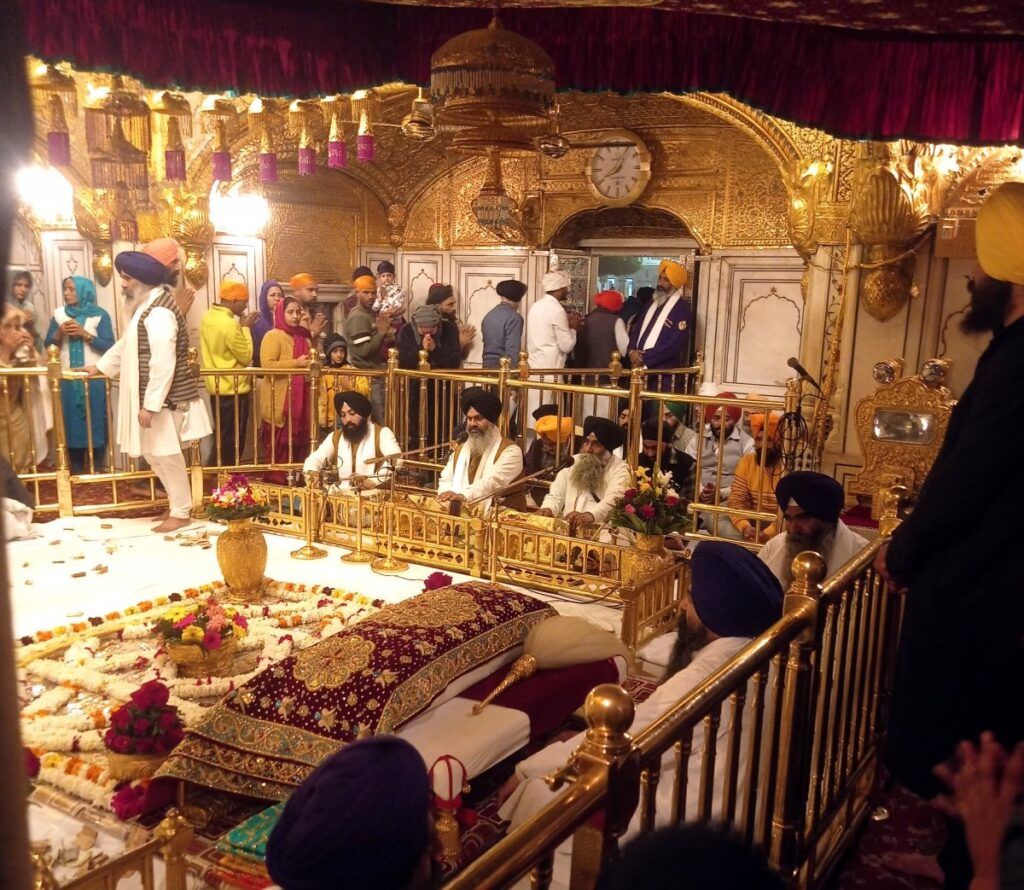
FAQ:
What is Sri Harmandir Sahib?
Sri Harmandir Sahib is the most sacrosanct Sanctorum of Sikhism. Situated in the city of Amritsar, in the state of Punjab, India, it is the most visited pilgrimage spot by Sikhs and people of all faiths from all over the world.
What is the history of Sri Harmandir Sahib?
Sri Harmandir Sahib was founded in the 16th century by the fourth Sikh Guru, Guru Ram Das Ji. He wanted to take people of all faiths and denominations to one central place of worship. The fifth Sikh Guru, Guru Arjan Dev Ji, completed this temple in 1604.
What is the significance of Sri Harmandir Sahib?
Harmandir Sahib symbolizes the universal message of Sikhism, which is one of love, peace, and equality. Furthermore, it is a site where people from various walks of life come to have their own encounter with the Divine.
What is unique about the architectural features of Sri Harmandir Sahib?
Sri Harmandir Sahib is an exquisite and exceptional specimen of Sikh architecture. It stands on a square platform in the center of the holy pool known as Amrit Sarovar. The building material is white marble and gold leaf, done uniquely in inlays and mosaic work.
What happens at the break of day and night at Sri Harmandir Sahib?
The day-to-day routine of Sri Harmandir Sahib revolves around the worship of Guru Granth Sahib, the holy scripture of Sikhs.OUNDS認 Guru Granth Sahib is kept in the central shrine of the temple and is continuously recited over the day. Devotees come to the temple for prayer, meditation, and to do seva .
What are the rules and etiquette for visiting Sri Harmandir Sahib?
The head and feet should be properly covered when entering Sri Harmandir Sahib, with shoes removed and left at the shoe counters. Smoking, drinking, and photography are strictly prohibited within the temple complex.
Best time to visit Sri Harmandir Sahib:
Sri Harmandir Sahib is open to visitors 24 hours a day, 7 days a week. However, visiting in the early morning hours is good since the temple is least crowded during these hours.
How to dress when visiting Sri Harmandir Sahib?
All visitors to Sri Harmandir Sahib wear a head and foot covering before entering the temple complex. Men also have to wear long trousers, while women are required to be attired in long dresses or skirts.
Can I take photographs inside Sri Harmandir Sahib?
The use of cameras inside Sri Harmandir Sahib is strictly forbidden. Outside the temple, though, you have numerous photographers who will be able to take your photo with the Golden Temple as a beautiful backdrop.
Has Sri Harmandir Sahib got any facilities for food?
Yes, there are several langars in Sri Harmandir Sahib that provide free food to the visitors. Only vegetarian food is provided in the langars to the people of any religion.
How to reach Golden Temple, Amritsar:
By Air:
The nearest airport to the Golden Temple is the Sri Guru Ram Dass Jee International Airport in Amritsar. The city has a good connection through flight to most of the major cities in India and some international destinations. From the airport, one can easily hire taxis or other modes of conveyance to reach the Golden Temple, which is about 13 km from the airport.
By Train:
The railway junction at Amritsar has good connectivity from all major cities of India. This is an important railway station in the region. From the railway station, you can hire an auto-rickshaw or taxi and reach Golden Temple within few minutes.
By Road:
The city is well linked by good roads, and one can easily reach Amritsar by bus or private vehicle. It has state-run buses and also private operators who connect Amritsar to all towns in Punjab and the neighboring states. Within Amritsar, comfortably an auto-rickshaw, cycle-rickshaw, or taxi can be availed with ease to take you to the Golden Temple.
Local Transportation:
Amritsar has a quite developed local transport system. Autorickshaws, cycle-rickshaws, and taxis are easily available for the short distance. You can also avail services of app-based ride-sharing facilities. Many hotels in the city also provide transport facilities to their guests.
Walking Distance:
Depending on where you are put up in Amritsar, even walk down to the Golden Temple. Most hotels and guest houses are walking distance from the temple or at least most of those in the old city area.
Guided Tours:
This may be relatively easier for first-time visitors and outsiders in experiencing the Golden Temple through guided tours. Most of the tour operators will offer guided tours where transpor- tation, a host, and explanation regarding the history and importance of the temple are provided.






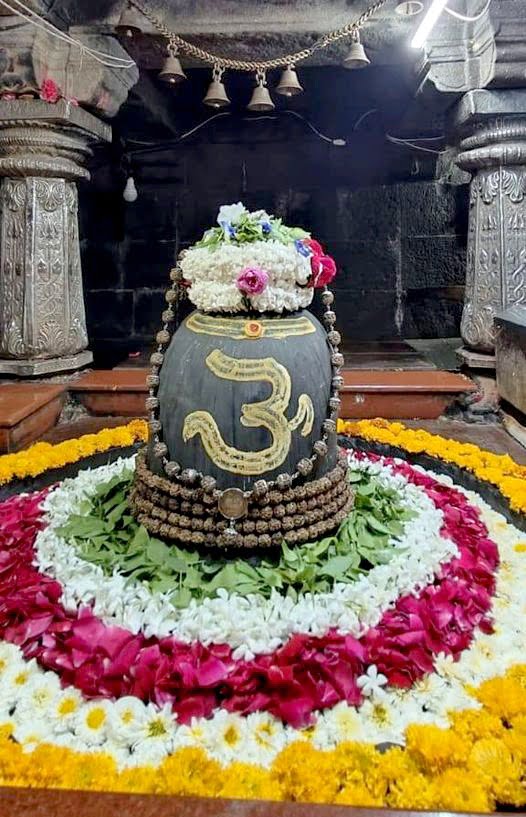


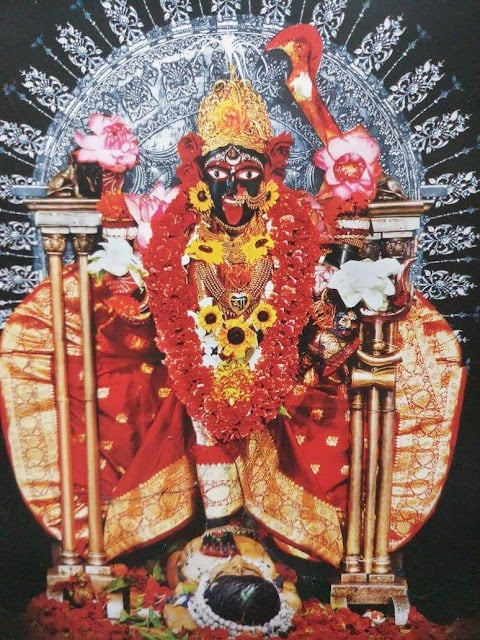
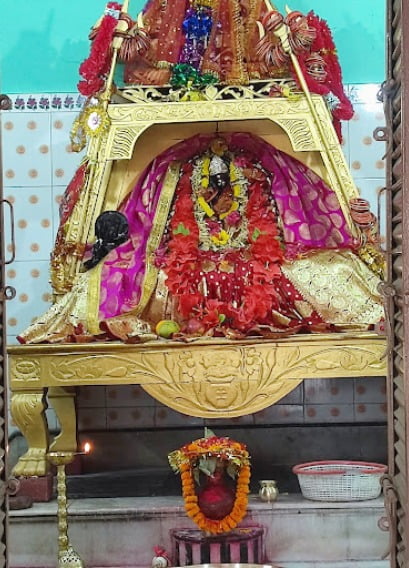
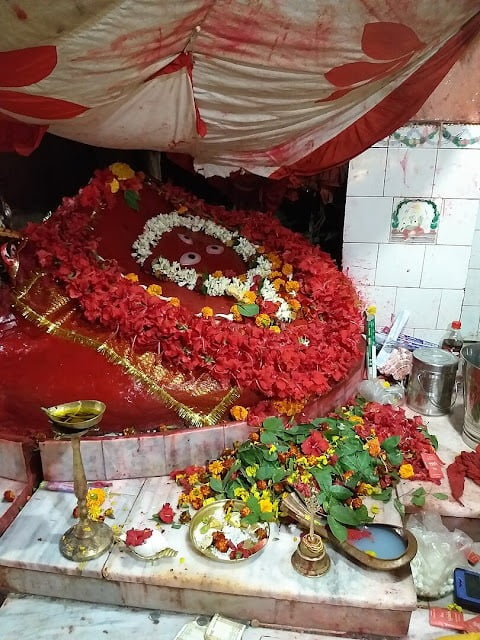
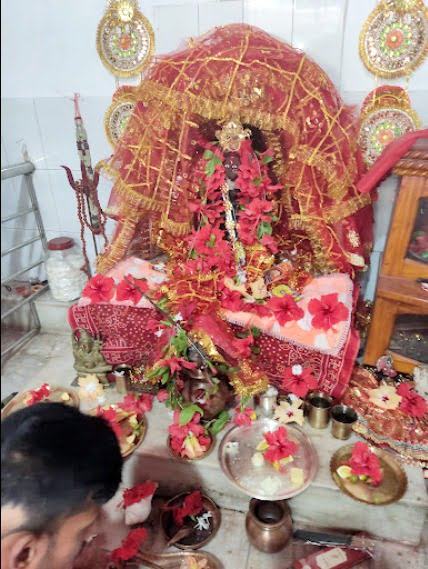
One Comment